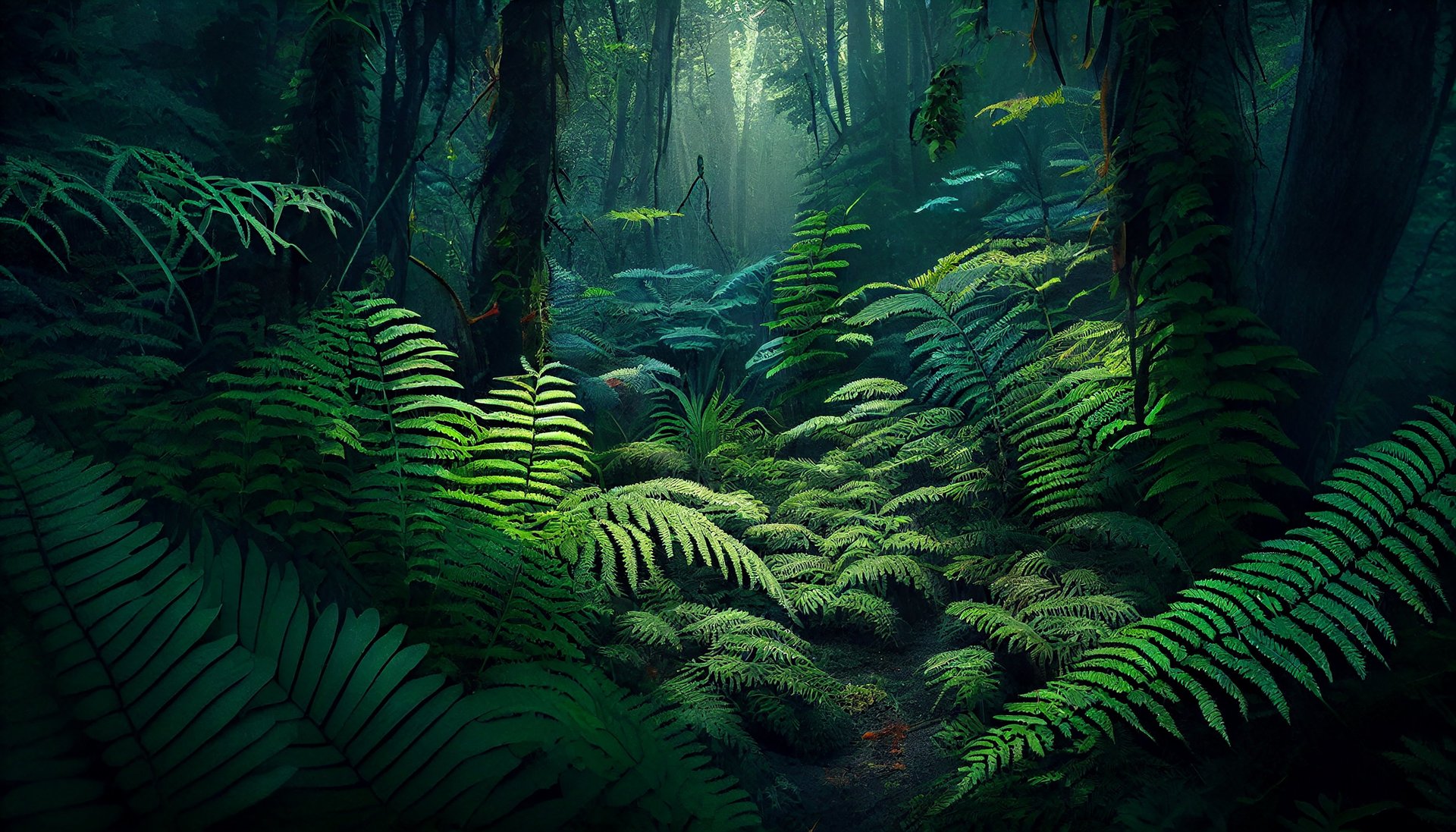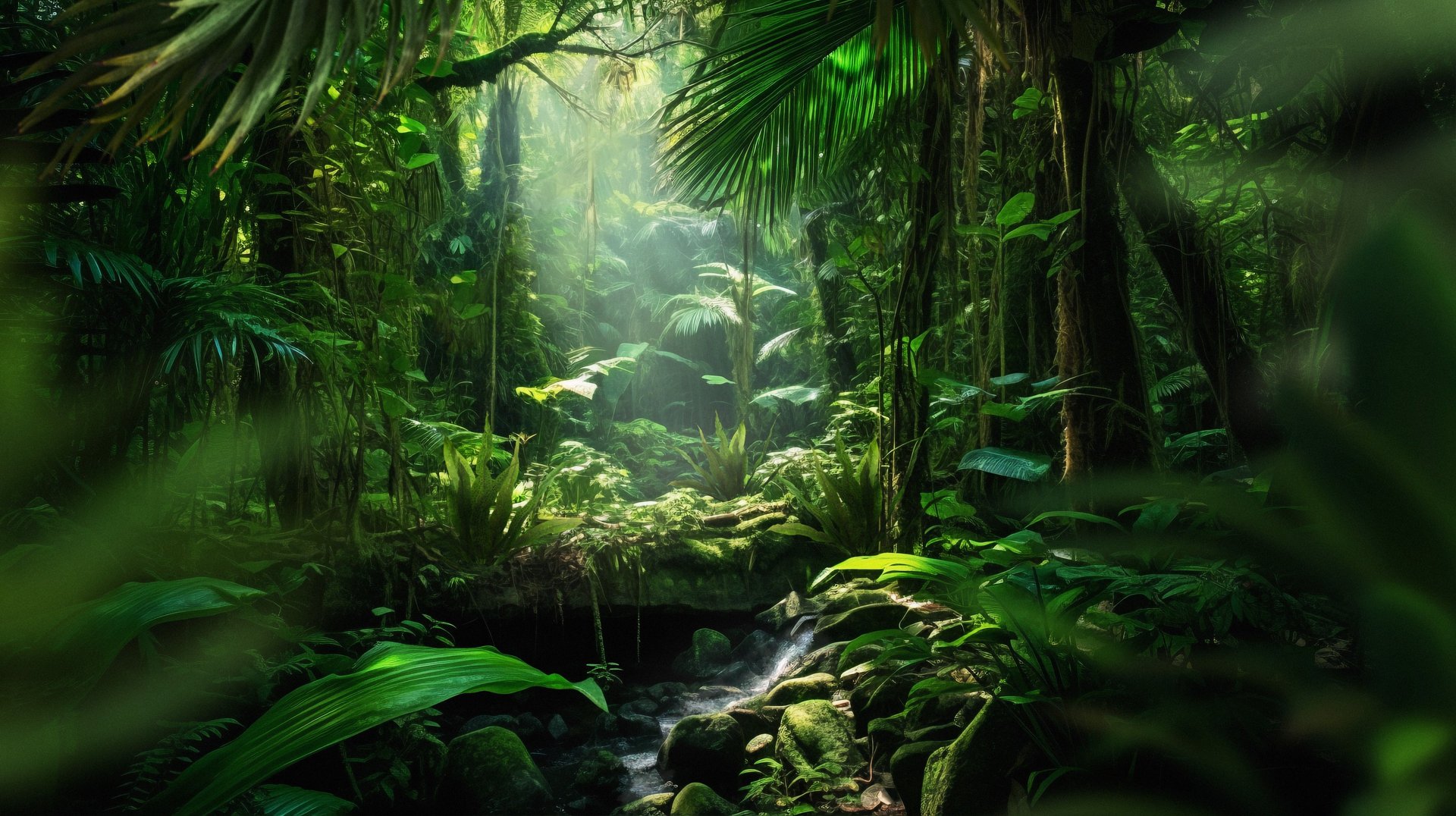
The Many Currents of Umbanda
Umbanda is not a single spiritual tradition, but a collection of related practices
6/2/20252 min read

Umbanda has never been a single fixed thing. It is a river with many branches, carrying the waters of Africa, Europe, and the Indigenous Americas, meeting and mingling in Brazil’s spiritual landscape. Born in the early years of the twentieth century, it took shape in the coastal cities, where orixás from Candomblé stood beside the caboclo spirits of the forest, where the teachings of Kardec’s Spiritism found a home alongside the candles and saints of folk Catholicism. From the very beginning it was plural, and it has only grown more so.
Some houses walk the path that has come to be called Umbanda Branca, with its quiet rituals, its emphasis on moral uplift and charity, and its Spiritist reading of the spirit world. Others work in the current known as Omolokô, where the orixás are honoured in the full style of Candomblé Angola and Ketu, with drumming, dance, and initiation marking the rhythm of the year. There are those who have taken an esoteric turn, drawing on Theosophy and Western occultism to frame the spirits as archetypes and the rituals as steps on an initiatory journey.
In many neighbourhoods you will find Umbanda in its most popular form. Lived rather than codified, shaped by the needs of the community and the inclinations of the leader. Here the saints of the church, the orixás of Africa, the caboclos of the land, and the spells of the old folk healers work side by side. Some houses are known for their caboclo work, with songs, herbs, and dances that call on the memory of the forest and the deep rivers. Others are devoted to Ogum and the work of protection, justice, and spiritual battle, where Exu too finds his place at the crossroads.
And beyond these are countless crossings and hybrids. In the Amazon, Umbanda has met Santo Daime to create Umbandaime. In the Northeast it has woven into the traditions of Jurema. In the South it has met Batuque. Each house holds its own combinations, its own emphases, its own rhythm of the drums. No two are ever quite the same.
This variety is not a weakness but the very life of Umbanda. It reflects Brazil’s history, its migrations, its music, and its mingling of peoples. It means that Umbanda can meet the seeker where they are — in the quiet of prayer, in the beat of the drum, in the scent of herbs, in the flicker of a candle. It is a tradition that holds many doors open, each leading to the same meeting place between the human and the spirit world.
If you want to know more about this beautiful tradition, my book Saravá Umbanda was written from within the life of the terreiro, drawing on the songs, stories, and works that shape our path.

Journey through the Mysteries of the Spirit World
© Mario dos Ventos, 2025. All rights reserved.